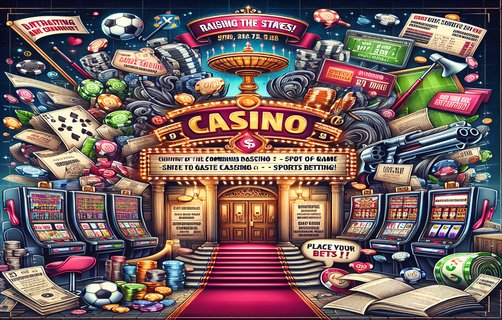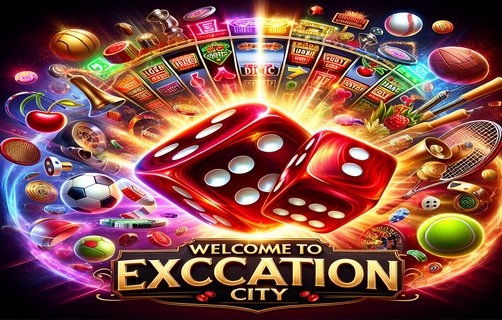Analyzing Trends in Online Gambling: Expanding Wilds, Casino Tournaments, and User Engagement

The online gambling industry continues to evolve at a rapid pace, influenced by technological advancements, regulatory changes, and shifting consumer preferences. In this comprehensive analysis, we delve into crucial elements contributing to the industry's growth and dynamics: **expanding wilds**, **casino tournaments**, **fantasy themes**, **user ratings**, **table image management**, **regulated gambling markets**, and **navigation**. This structured examination will also outline the analytical process used to derive insights from these components.

1. Expanding Wilds: One significant trend in online slots is the introduction of expanding wilds. This feature not only enhances the excitement of gameplay but also boosts potential winnings. As players seek more immersive experiences, the demand for innovative slot mechanics, including expanding wilds, is expected to rise. These dynamic elements create opportunities for higher payouts, leading to increased player retention and engagement.
2. Casino Tournaments: The rise of casino tournaments represents another shift in the online gambling landscape. These events promote competition among players, often fostering a sense of community and camaraderie. Players are more likely to return to platforms that offer regular tournaments, particularly when the rewards are significant. The competitive nature of tournaments not only attracts seasoned players but also entices newcomers eager to showcase their skills.
3. Fantasy Themes: The integration of fantasy themes in gambling products appeals to a broad audience, including younger demographics who are drawn to storytelling and immersive experiences. From themed slot games featuring popular media franchises to role-playing game-inspired casinos, the allure of fantasy enhances user engagement. As developers tap into popular culture and trends, the creation of unique fantasy-themed offerings will likely stimulate further interest and investment.
4. User Ratings: User ratings have become vital in influencing gamblers' choices in selecting online casinos. Platforms with higher user ratings and positive reviews tend to attract more customers. This trend emphasizes the importance of customer satisfaction and experience, compelling operators to focus on delivering quality service and addressing player concerns promptly. Analyzing user feedback provides insights into areas for improvement and innovation, reinforcing the idea that the voice of the customer is paramount.
5. Table Image Management: The perception players have of a casino—its 'table image'—plays a significant role in their decision-making process. Operators who effectively manage their brand image and reputation can enhance player loyalty. Clear communication about game rules, transparency in payouts, and maintaining a trustworthy platform ensures players feel secure and valued, which is critical in a competitive environment.
6. Regulated Gambling Markets: The expansion of regulated gambling markets presents both opportunities and challenges for operators. As more jurisdictions legalize online gambling, companies must navigate complex regulations while ensuring compliance. Understanding these regulations is essential for successful market entry and sustainability, as unregulated markets can lead to legal issues, diminished trust, and potential loss of clientele.
7. Navigation: Lastly, effective navigation on online gambling platforms is crucial for user experience. A well-designed interface that facilitates easy access to games, tournaments, and account management attracts and retains players. Continuous analysis of user behavior can inform design improvements, ensuring that navigation stays intuitive as the technological landscape evolves.
Analysis Process: The analysis process employed involves several key steps which include data collection, segmentation, trend analysis, and synthesis. Initially, data is gathered from various sources, including user surveys, market research reports, and analytics tools to understand user behaviors and preferences. Next, segmentation divides the data into manageable categories—such as age groups, game types, and platform preferences. Trend analysis identifies emerging patterns, and correlation techniques examine relationships among identified trends. Finally, synthesis combines insights into a coherent understanding, facilitating strategic recommendations for industry stakeholders.
In conclusion, as the online gambling industry diversifies and adapts to changing consumer preferences and technological advancements, operators must remain vigilant regarding trends such as expanding wilds, casino tournaments, and user engagement metrics. By leveraging user ratings and managing their table image effectively, businesses can enhance their competitive advantage in an increasingly regulated environment. A focus on seamless navigation will ultimately contribute to player satisfaction and retention, establishing a solid foundation for growth in this dynamic market.
